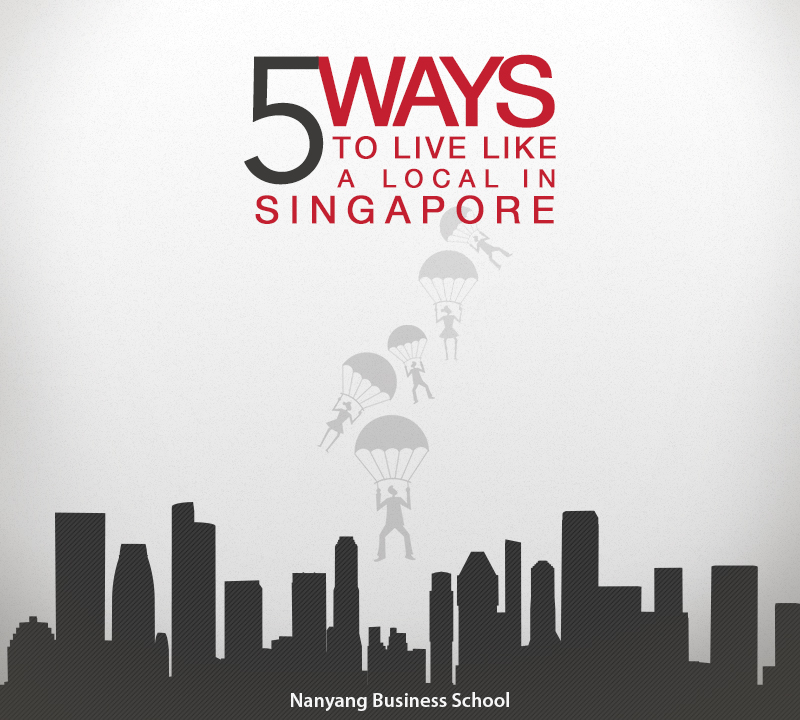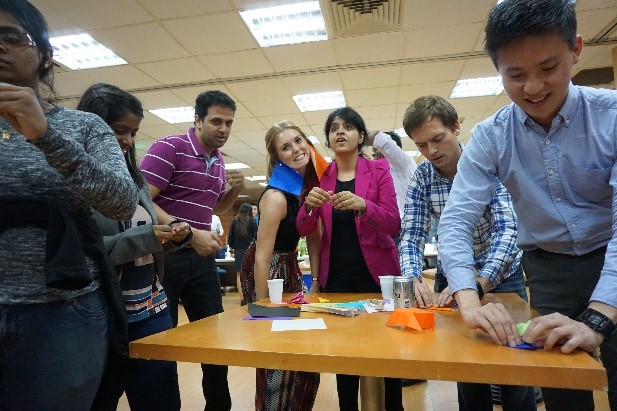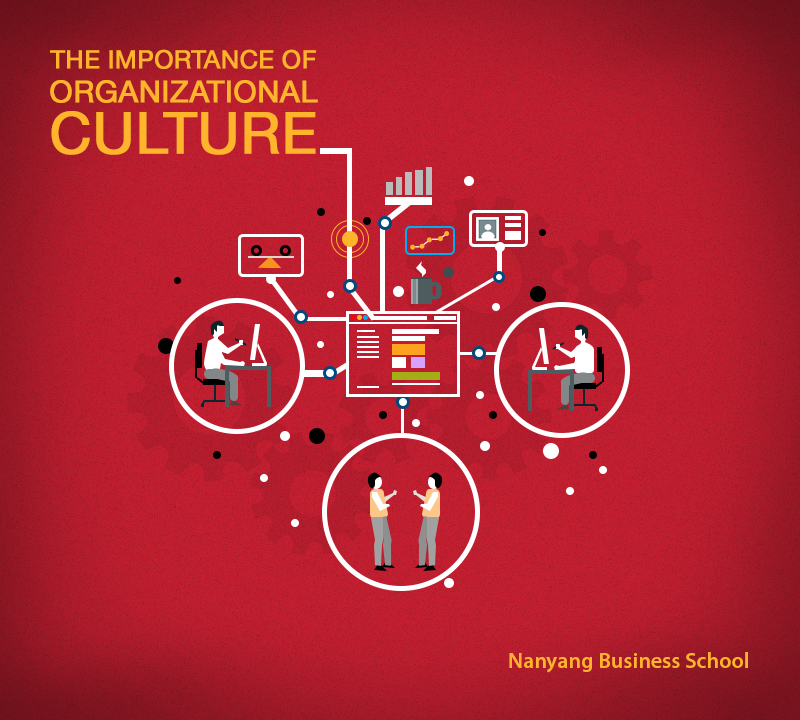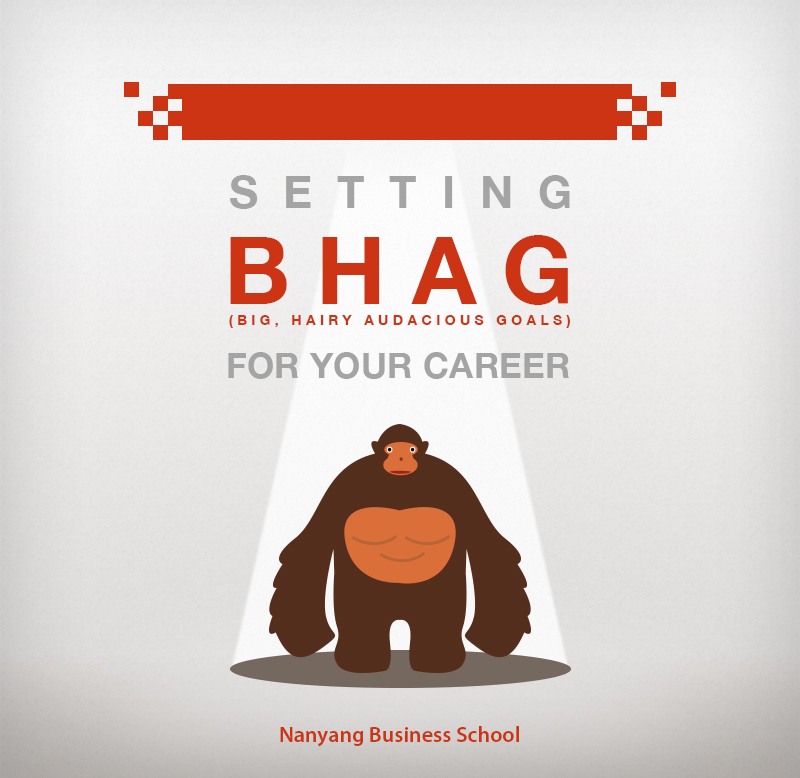A metropolitan city-state known for its towering skyscrapers and cosmopolitan culture, Singapore is an amazing place to live and explore. Ranked as Asia’s most liveable city and the world’s third best, it is one of the safest in the world. Being a global financial centre, with a consistently stable government, and a burgeoning technology hub, the city is a much sought after educational destination for international students.
If you are a student living in Singapore, or someone who is considering the idea of pursuing your studies there, then here are a few ways that you can soak in the Singaporean lifestyle and experience the city like a local.
Ride the MRT
You haven’t lived the true Singaporean life, if you haven’t been on a commute in the city’s popular subway, also known as the Mass Rapid Transit (MRT). Spanning 152.9 kilometres and connecting more than 113 stations, the Singapore MRT is the fastest, easiest and the safest way to get around the city. While there are always taxis to cater to your travel needs, a ride in the MRT is something that lets you feel the pulse of the city and experience the breath-taking views of Singapore’s major landmarks. MRT stations are also known for their remarkable architecture and art installations. The fact that ticketing is done via contactless stored value smartcards, known as the EZ-Link and NETS FlashPay cards, also makes commuting in MRT quite convenient for students, professionals and other regular commuters.
Work and Lounge in Cafes
Whether it’s hanging out with friends in the evening, grabbing your breakfast in the morning or completing your class assignments during the day, Singapore has a slew of cafes that not only offer lively ambience and mouth-watering snacks and beverages, but also provide free Wifi, making them a go-to place for students and professionals to work and relax. Afterglow on Keong Saik Road, Habitat Coffee on Upper Thomson Road, Group Therapy Cafe on Duxton Road, Club Street Social on Gemmill Lane, and Bridge Cafe on Seah Street – these are some of the Singaporean cafes offering free Wifi.
Dance Away the Blues
What makes Singapore such an attractive destination for students and young professionals? It’s got to be the city’s scintillating nightlife. Singapore’s bars, pubs and clubs let you unwind and party hard after a busy day at work. Clarke Quay, Orchard Road, Zouk Club, Chijmes, and Boat Quay – there are endless places to indulge your inner party animal in Singapore.
Go on a Shopping Spree
Think of Singapore and the word ‘shopping’ comes to your mind. From shopping malls to outlet stores, international brands to local products, Singapore has something for every kind of shopper, something for every purse size. Apart from the glitzy malls featuring a wide range of international brands on Orchard Road and Marina Bay Sands, there are also the Mustafa Centre, Bugis Junction and Far East Plaza where you can shop till you drop, without making a big dent in your wallet. Don’t skip the neighbourhood malls like Jurong Point, Bishan Junction 8 and West Mall.
Get Adventurous
Singaporeans love to participate in sports and adventure activities. As a sports enthusiast and thrill-seeker, you’ll have myriad places to get your adrenaline fix. Being an island destination, Singapore is well known for its wide range of water sports such sailing, snorkelling, kayaking and water-skiing. Reverse bungee jumping, indoor skydiving and Formula One racing are a few other unique outdoor experiences worth having in Singapore.
These are just a few of the things that you can do to explore Singapore’s vibrant culture. Share this post with your friends and help them make the most of their stay in the Lion City.













You must be logged in to post a comment.